We’re excited to introduce you to the always interesting and insightful Charlie Griak. We hope you’ll enjoy our conversation with Charlie below.
Charlie, appreciate you joining us today. Can you talk to us about a project that’s meant a lot to you?
In many ways, “The Center”, my first live-action feature film, is the most meaningful project I’ve taken on. Like my earlier dive into animation, it marked a big shift in my creative path and came with a lot of risks.
It started when, one New Year’s Eve, I promised some friends I’d finally make the movie I’d been talking about for years. I had a script I’d written long ago but always thought turning it into a film was far out of reach. The project seemed overwhelming. But I hit a point where I knew I had to do something with this story.
A good friend gave me some great advice: just take small steps every day toward the goal, and eventually, things would come together. I wasn’t sure if I believed him, but I started anyway.
The first steps were tiny—shooting test scenes with a few actor friends, my wife, and a borrowed camera at whatever locations we could get away with. After several months of this, we began to believe we could actually make a movie.
Momentum built, and after a year of these small efforts, we connected with two producers who helped pull the rest of the project together. Eventually, we shot the entire film, navigating lots of ups and downs along the way.
Once I had a rough cut I felt good about, my wife encouraged me to share it with Jonathan Demme, who I had been working with on an animation project. I didn’t want to bother him with what felt like a tiny indie film, but thanks to her push, I did. To my surprise, he loved it and helped me finish the edit with him in New York. It was an incredible experience, learning so much about storytelling and directing while working alongside such a talented filmmaker. I’ll never forget the day he offered to be the executive producer.
The journey of making “The Center” was one of the most meaningful experiences of my life. Despite the fear of making my first film and sharing such a personal story, I’m proud that I pursued the goal anyway. What began with me juggling a camera and sound equipment on a street corner, filming two friends, eventually grew into a film that was purchased for distribution on Hulu. It’s an experience I’ll always carry with me.

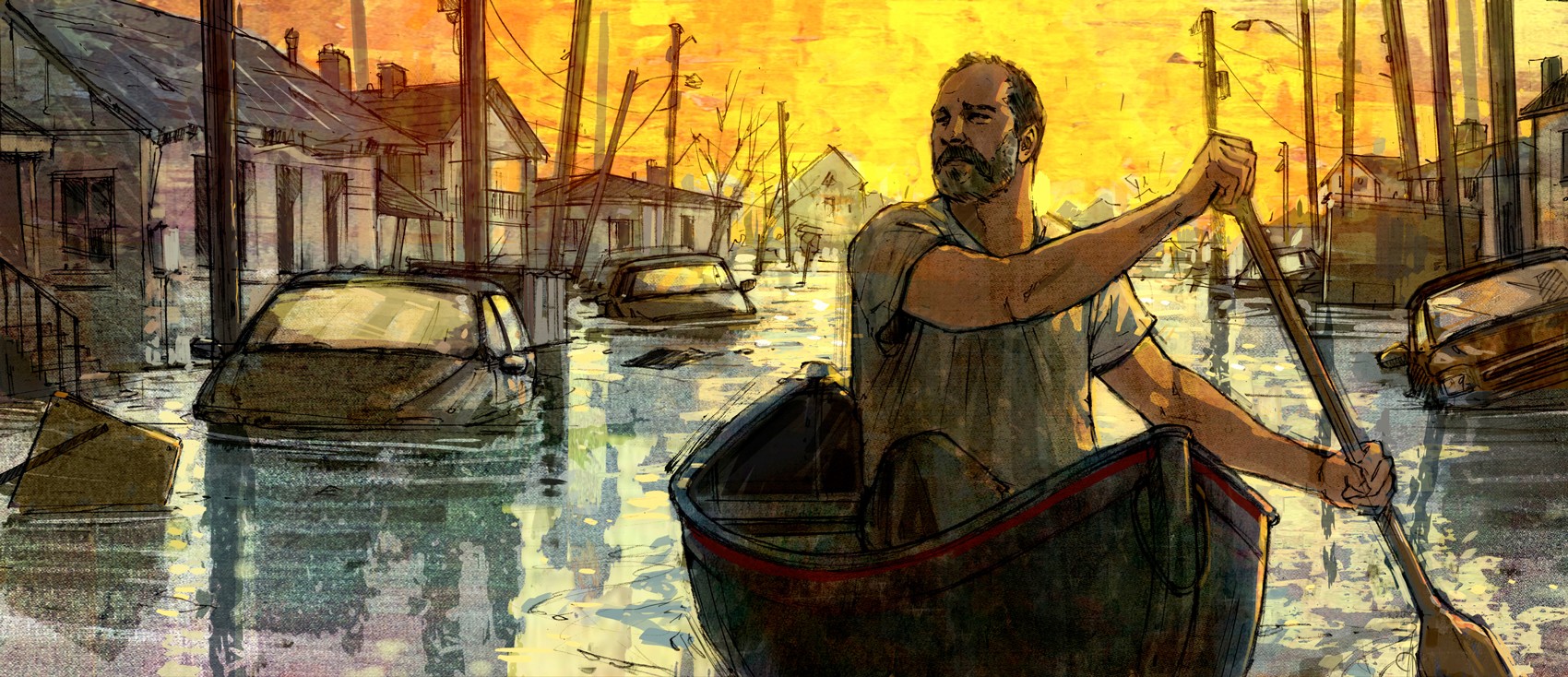
As always, we appreciate you sharing your insights and we’ve got a few more questions for you, but before we get to all of that can you take a minute to introduce yourself and give our readers some of your back background and context?
I’ve been working as an independent, freelance artist for over 25 years, splitting my time between freelance illustration in advertising and publishing, and creating independent films.
I’ve directed and produced four live-action feature films so far: The Center (2015), Nina of the Woods (2020), A Heart Like Water (2022), and End of the Rope (2024). A special highlight for me was collaborating with Jonathan Demme on my debut film, The Center, where he came on board as executive producer after seeing an early cut. Most recently, End of the Rope, based on a real murder investigation from 1931 in North Dakota, is available digitally through Saban Films.
Beyond filmmaking, I’ve always been passionate about illustration. I’ve loved drawing since I was old enough to hold a pencil and feel lucky to have turned that love into a career. I’ve had the opportunity to work with incredible clients like Microsoft, Target, American Express, and National Geographic as an illustrator, storyboard artist, designer, and animator. I love the challenge of always pushing my craft, and I’m constantly striving to improve and grow.
I’ve also had some pretty amazing experiences along the way—like studying marble sculpture in Pietrasanta, Italy, and attending two summer sessions at the Illustration Academy. At the end of the day, I’m just trying to become the best artist I can possibly be.
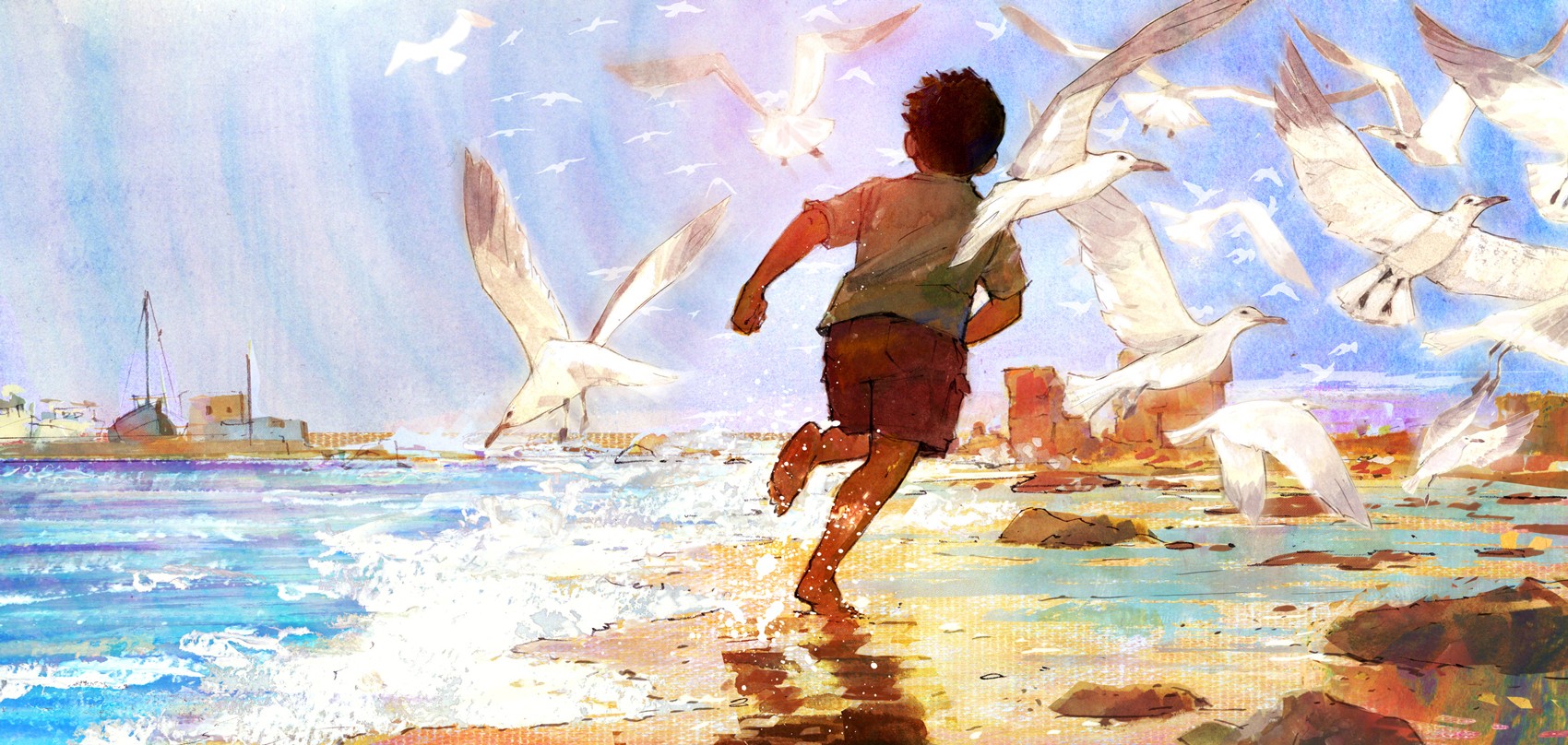
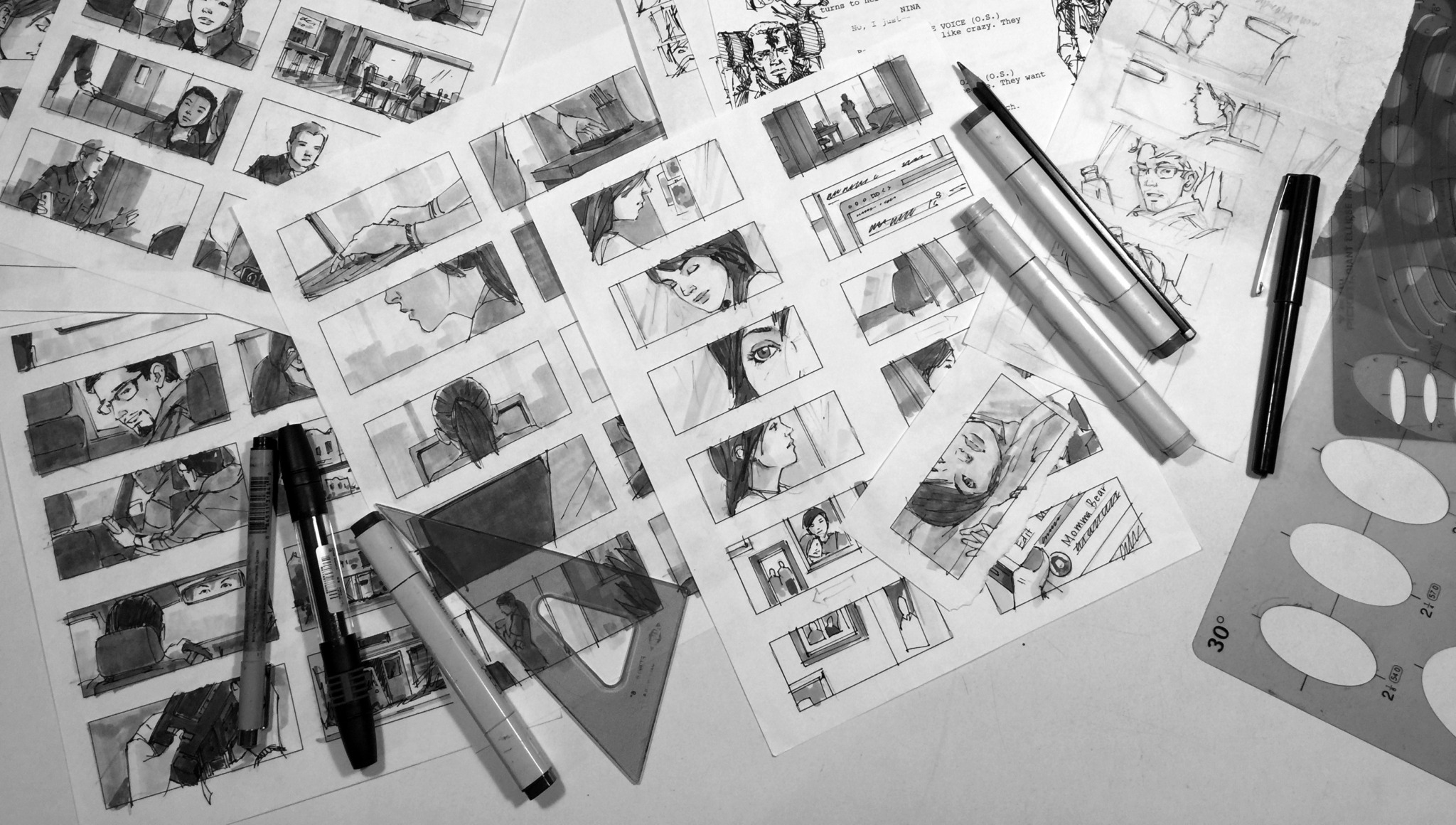
Can you share a story from your journey that illustrates your resilience?
Right after college, I landed my first gig as a storyboard artist in advertising. It was rewarding work, and it’s something I still do today, but at the time, I had this urge to push myself further. I felt like I had my own stories to tell.
So, I took on the challenge of creating a short animated film inspired by Dostoyevsky’s “Crime and Punishment”. While I was confident in my drawing skills, I knew almost nothing about animation. I wrote an 8-page script, drew up storyboards, and took them to every animation company I could find in Minneapolis, hoping for some advice. The feedback was pretty much the same across the board: the project was too ambitious for someone new to cel animation. One veteran animator even told me, “You’ll never finish this movie.”
After that, I had a choice: give up or press on. I was passionate about the project, so after taking a moment to recover from the rejections, I decided I had nothing to lose by trying. Over the next year, I taught myself 2D cel animation—this was pre-YouTube, so I relied on books and a huge amount of trial and error. Slowly, I pieced together a few seconds of footage. Along the way, I connected with two freelance animators who believed in what I was doing and agreed to help.
Using the money I earned from storyboarding, I hired them to collaborate on the film. For the next two years, I split my time between paid storyboard work and creating the thousands of drawings needed for what ended up being an 8-minute animation titled “Fever”. Some days I’d work at an agency all day, then come home and animate from 6PM until midnight, determined to keep the project alive.
Eventually, the project gained momentum. I was able to bring in an editor and a talented musician to add the finishing touches. Four years after being told it would never get done, I completed the film.
Not long after, the film was selected for the Palm Springs International Festival of Short Films, where it screened in the same section as that year’s Oscar-winning short. It was an incredible moment for me, and something I’m still proud of. The film went on to other festivals and ultimately led to some great opportunities, including two major animation projects for Microsoft.
My journey into animation was a true test of resilience. Despite having no prior experience and being told my project was too ambitious, I completed the film, which opened doors and ultimately led to some of the most rewarding experiences of my life – creating live-action feature films.


What’s the most rewarding aspect of being a creative in your experience?
For me, the most rewarding part of being an artist is when something I create truly resonates with people. At its core, I believe the reason artists create is to share their inner world with others, so when my work sparks a connection or a conversation, it brings me a lot of joy.
I’ve felt this most strongly through filmmaking. Movies have a unique way of helping us connect and understand the human experience together. I truly believe art can bridge gaps and bring people closer. I once heard someone say that when we connect with a movie, we feel a little less alone, and that really stuck with me. When I know I’ve played a small part in creating that feeling for someone, it’s the most fulfilling part of what I do.
Contact Info:
- Website: https://www.charliegriak.com
- Instagram: https://instagram.com/charliegriak
- Linkedin: https://linkedin.com/in/charlie-griak
- Twitter: https://x.com/CharlieGriak
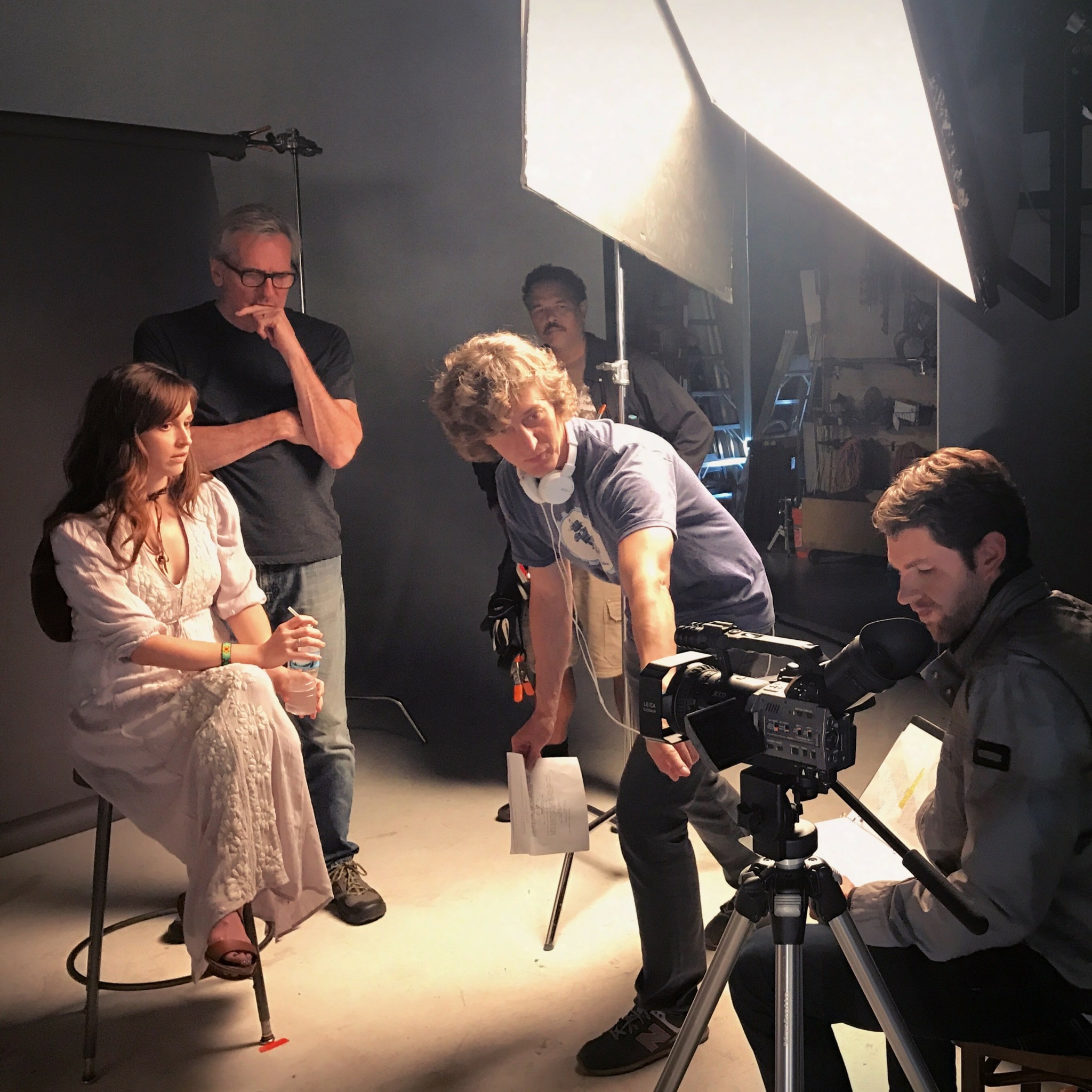
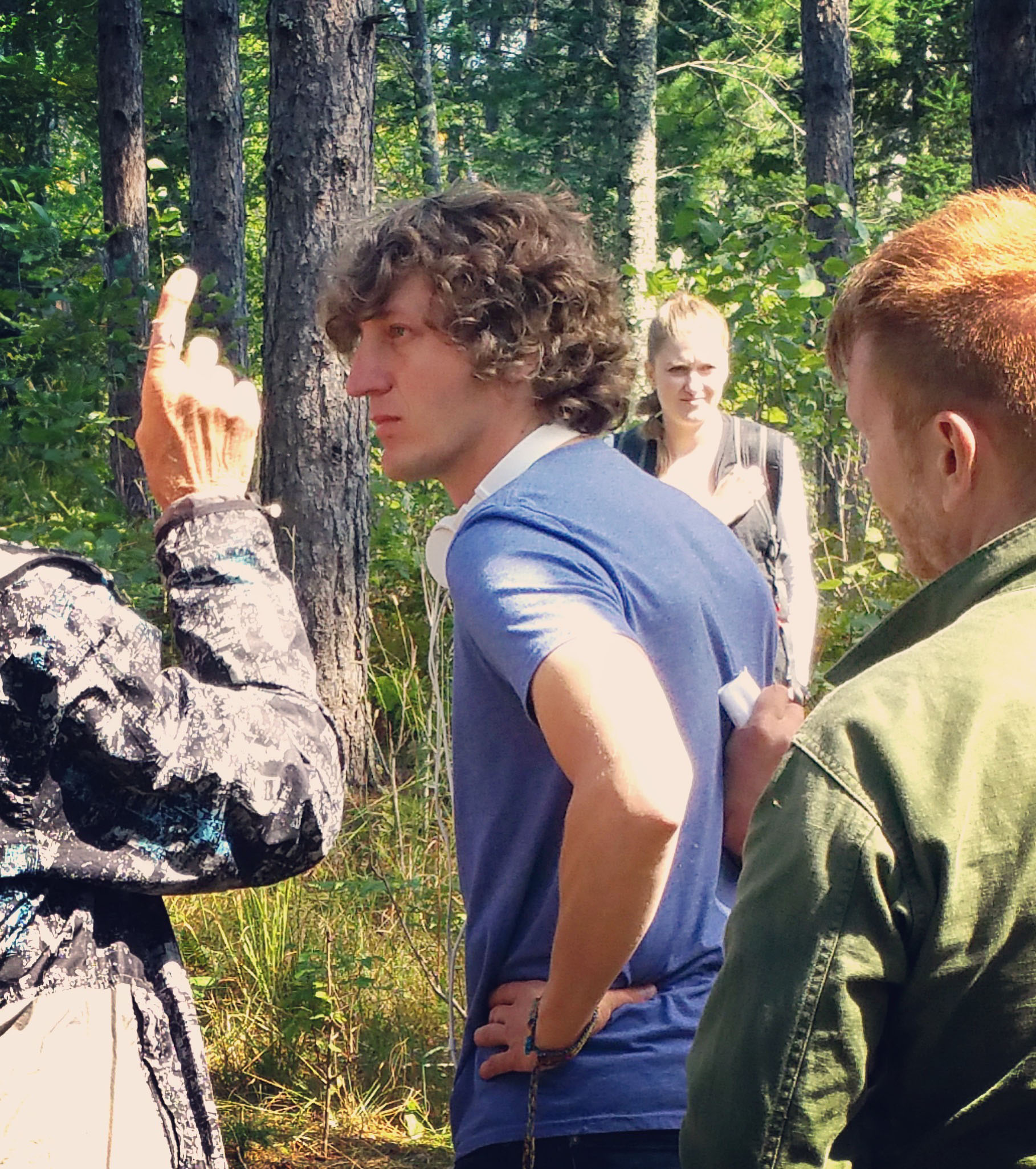
Image Credits
Charlie Griak, Buck Holzemer, Greg Winter


